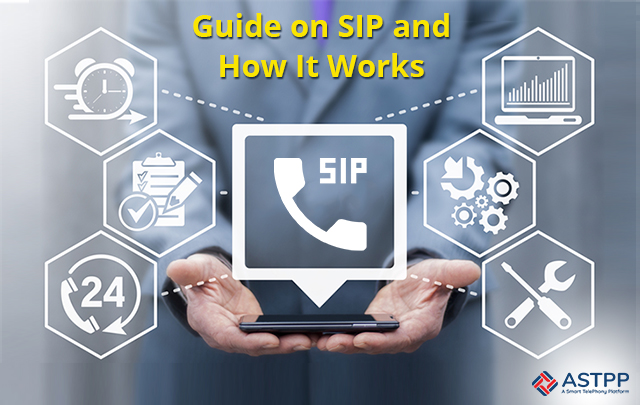In the modern world, the VoIP solutions have nearly replaced the traditional landlines and copper wire-based telephony system which were once so popular. VoIP stands for voice over internet protocol. The VoIP solution is nothing but a means to make calls over the internet. Today’s VoIP solutions are more advanced and also available as smart VoIP software. It allows users to make voice and video calls and send texts over the WiFi network. Gone are the days when you had to depend on fixed lines or cellular data to make calls or do video conferencing. If you have used WhatsApp or Skype for video chat, voice calls or group calling, then you have experienced the actual potential of VoIP apps. The VoIP solution has become very popular for businesses across the globe due to its simplicity, flexibility, low cost, improved call quality, and ubiquity.
The VoIP solution can be categorized into the Proprietary system and Open source system.
What is a proprietary VoIP system?
The proprietary VoIP solution consists of programming source codes and specifications that are only known to the developer. They are not openly available and cannot be freely accessed by anyone. The proprietary software is created and designed in such a manner that it is nearly impossible for anyone to tamper with it. It is also known as non-free software or closed source software. The copyright of the source code is only with the manufacturer. The most well-known example of a proprietary system is Skype, the Microsoft owned program.
Advantages proprietary VoIP system
Highly secure: As the source code is only restricted to the developer, it is highly secure from hackers and other vulnerabilities.
Frequent updates: The VoIP solution developer releases regular updates to make sure that the software is functioning smoothly and free from any bugs and susceptibilities.
Easy to use: Being developed by highly skilled IT professionals, it is easy to install and its user-friendly interface makes it simple to use as well.
Technical support: The support teams at the developer’s end provide reliable and efficient technical guidance and support for all queries.
Disadvantages
Higher cost: Most VoIP proprietary systems have a license fee followed by the maintenance fees. This adds up to the overall cost making it an expensive solution.
Dependency: Users have to depend on the developer for phone system software updates, support or any other upgrades.
Closed system: Any modification or customization to the software is not possible. If any additional features are required, then the users need to upgrade to a higher version.
What is an open-source VoIP solution?
As the word ‘open’ suggests, the source code is available under a public domain and freely accessible to everyone. The main objective behind open source is to allow developers to study, understand and modify the code in order to enhance the quality of the software.
Advantages open-source VoIP solution
Cost effective: As there is no license fee involved, the basic open source VoIP solution is free. But, its customization requires both time and investment.
Customizable: Users can modify the open source VoIP system as per their requirements and needs. This makes it really flexible.
Zero dependency: Users do not have to be dependent on the manufacturer for any upgrades and updates of the software.
Free support: Since the open source VoIP solution is created by developers and users across the globe, there are support groups, forums and chat boards available over the internet.
Disadvantages
No frequent updates: Unlike the proprietary system, where the developer releases regular updates, there is no as such feature available in the open source system. The users need to rely on manual upgrades.
Quality issues: Most open source systems have the problem of intrusive ads, errors, and bugs that affect the user experience.
Both open source and proprietary systems have their own pros and cons. The choice is completely user specific after considering which one would cater to their needs the best.





